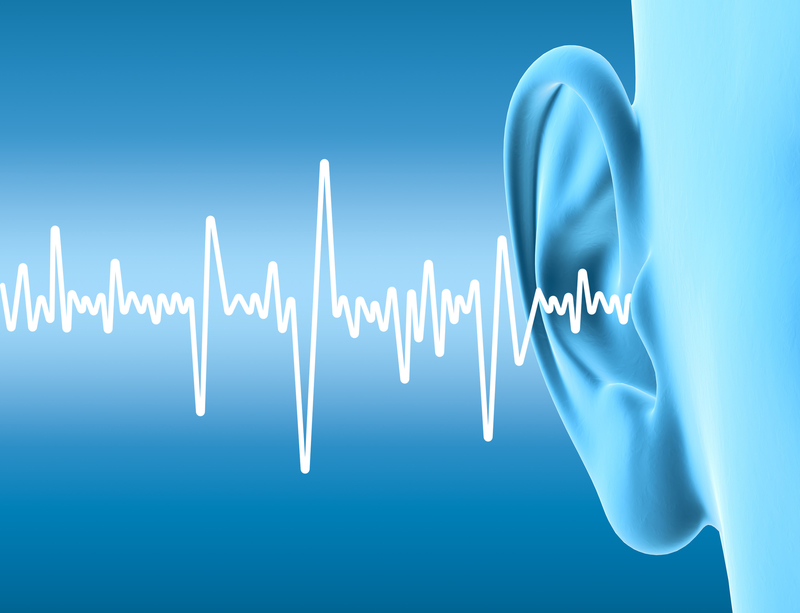How does the brain choose what it wants to listen to?

How can we, without noticeable effort, listen to a friend talking in a crowded café or follow the melody of a violin in an orchestra? Scientists have developed a new approach to how the brain isolates a specific stream of sounds from other disturbing sounds.
A team led by scientists at Carnegie Mellon University and Birkbeck University in London has developed a new approach to how the brain distinguishes a specific sound stream from other disturbing sounds. Using a new experimental approach, scientists have uninvasively mapped the sustained selective auditory attention in the human brain. Published in the journal of neuroscience, this study lays the groundwork for a deficient auditory follow-up due to aging, disease or brain trauma and allows for the creation of clinical interventions, such as behavioural training, to correct or prevent hearing problems.
"Auditory selective attention deficits can occur for many reasons – concussion, stroke, autism or even healthy ageing." They are also associated with social isolation, depression, cognitive dysfunction and lack of communication at work. "Now we have a clear understanding of his cognitive and neural mechanisms that are responsible for how the brain can select what to listen to" said Lori Holt, Professor of psychology at CMU's Dietrich College and member of Faculty of the Centre for neural base of cognition (CNBC).
To determine how the brain can listen to important information in different ranges of acoustic frequencies – as well as pay attention to treble or bass in a musical recording – eight adults have listened to a series of melodies short and ignored another distraction, signalling when they heard a melody repeating itself.
To understand how the attention to the melodies altered the cerebral activation, the researchers took advantage of the fact that the sound information is arranged through the surface, or the cortex, of the brain. The cortex contains many maps "tonotopic"of the hearing rate, where each card represents the frequency a bit like an old radio display, with low frequencies at one end, and the treble of the other. These cards are assembled as pieces of a puzzle in the upper part of the temporal lobes of the brain.
When people in the MRI scanner listened to the melodies at different frequencies, the portions of the cards tuned to these frequencies were activated. What was surprising was that the mere fact of paying attention to these frequencies activated the brain in a very similar way – not only in some central areas, but also on a large part of the cortex where it is known that the sound information arrive and are processed.
The researchers then used a new high-resolution brain imaging technique called multi parametric mapping to see how the activation of listening or paying attention to different frequencies were related to another characteristic of the brain, or myelination. Myelin is the electrical insulation of the brain, and brain regions differ greatly in the amount of myelin insulation that surrounds the parts of the neurons that transmit the information.
By comparing the frequency and maps of myelin, researchers found that they were connected to specific areas of the brain: If there was an increase in the amount of myelin through a small tract of cortex, there was also a increased neuron preference for particular frequencies.
"It was an exciting discovery as it potentially revealed some common" breaklines "in the auditory brain," said Frederic Dick, Professor of cognitive auditory Neuroscience at Birkbeck College and University College of London. "As agronomists who try to understand what combination of soils, water and air makes some land better for cultivating certain plants, neuroscientists can begin to understand how subtle differences in the functional and structural architecture of the brain can make some regions more "fertile" to learn new information such as language or music.
Do you have trouble understanding what you are told in a noisy environment? Are you easily disturbed by ambient noises? The Tomatis® method can significantly improve hearing attention by following a personalised home rehabilitation program.
Source: https://www.sciencedaily.com/releases/2017/12/171211140358.htm
Carnegie Mellon University. "Selecting sounds: how the brain knows what to listen to: new noninvasive approach reveals brain mechanisms of auditory attention." Sciencedaily. ScienceDaily, December 11, 2017.



